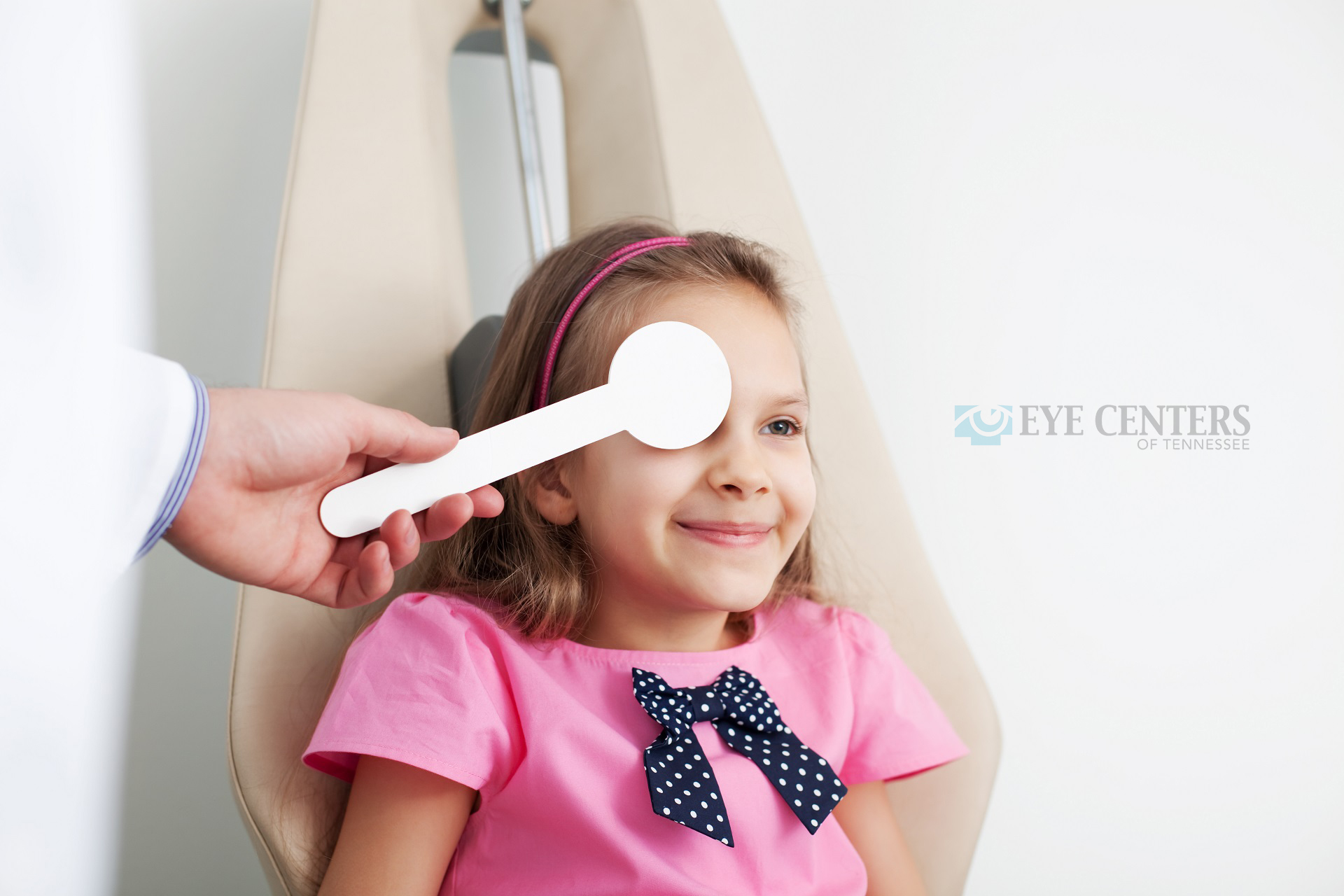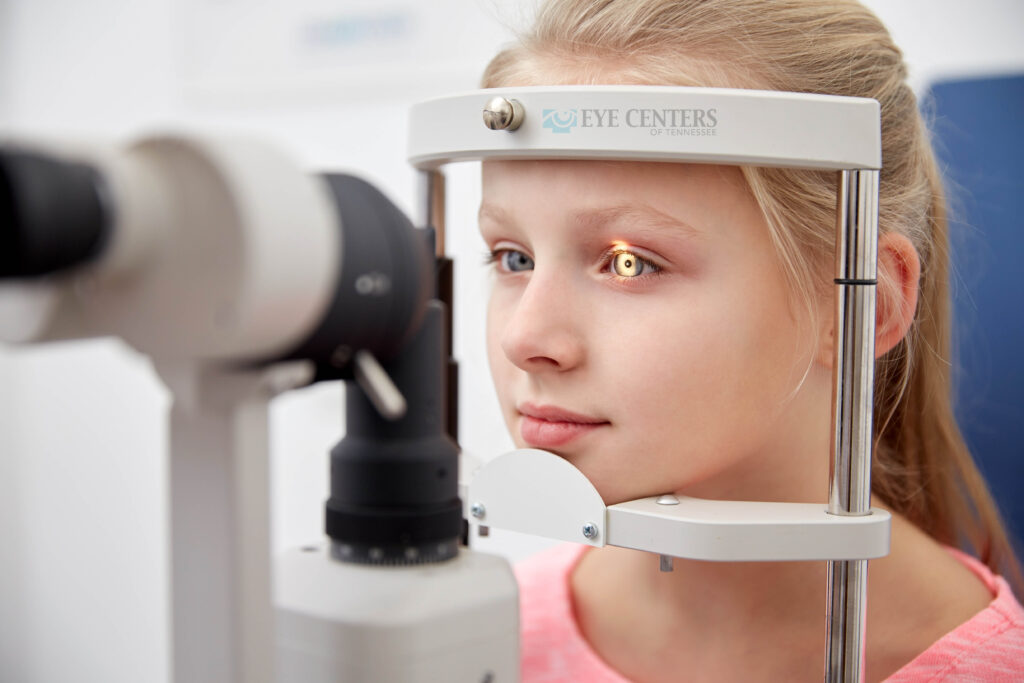
Mar 24, 2021
Have you heard of Ambylopia?
What is Ambylopia? Most commonly, it’s what is known as lazy eye. Over time, the brain can process images from one eye in preference over the other, causing the less favored eye to have decreased vision, even though the eye is normal in all other aspects. Ambylopia is the most common cause for decreased vision or vision loss in children, with 3 in 100 children being affected. Luckily, there is a good chance that with early detection kids with the early signs of lazy eye can get treatment which will keep the disorder from progressing and having adverse effects.
How can you tell if it’s time to get your child checked for amblyopia? It can be hard to get kids to tell you if there’s something wrong with their vision – or they might not even know it themselves! Keep an eye on your youngster, and watch out for any squinting, shutting off one eye, head tilting, or poor depth perception.
These can be good indicators of lazy eye or other vision problems that might require intervention and treatment.
Prematurely born babies, individuals with a family history of amblyopia, those with cataracts, individuals that were smaller than average at birth, or those with developmental disabilities have a higher risk for developing amblyopia, so make sure to ask your eye care provider to check specifically for any early signs or symptoms. There is no special test needed for detection beyond normal optometry testing equipment.

There are several options that will help your child in the event that they are developing amblyopia, both of which are relatively painless and non-intrusive. The first option is to put an eye patch over the stronger eye, forcing the weaker eye to see. The amount of time each individual has to wear the eyepatch varies from one patient to another, with some kids needing to wear it full time and others only requiring as little as a few hours each day. Another treatment option your eye care professional might choose is the use of atropine eye drops, which temporarily blur vision. Much as the eyepatch, these are used in the stronger eye, forcing the weaker eye to work. This can be easier and less visible for younger children or those for whom wearing an eyepatch is harder. If these therapies are not successfully treating the condition, other options such as corrective glasses or contacts, or surgery might be better options but are usually only necessary with more advanced cases.
Early detection is key in preventing vision loss for children, and treatment at early stages is often effective for stopping the progression of amblyopia. Children with developing lazy eyes usually experience success with the treatment options. So make sure to watch your kids for any early signs, and contact your Eye Centers of Tennessee location if you have any questions or concerns!
